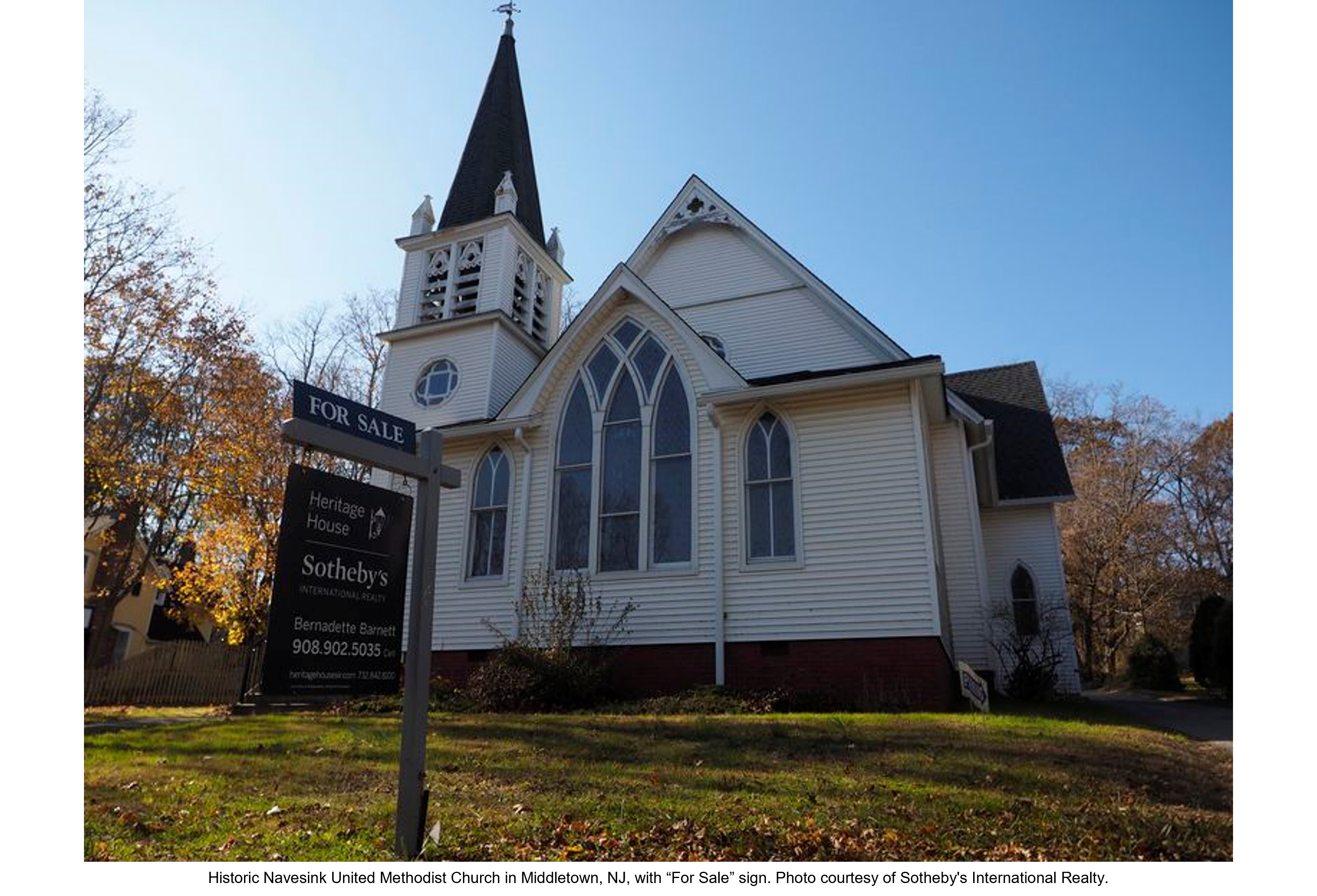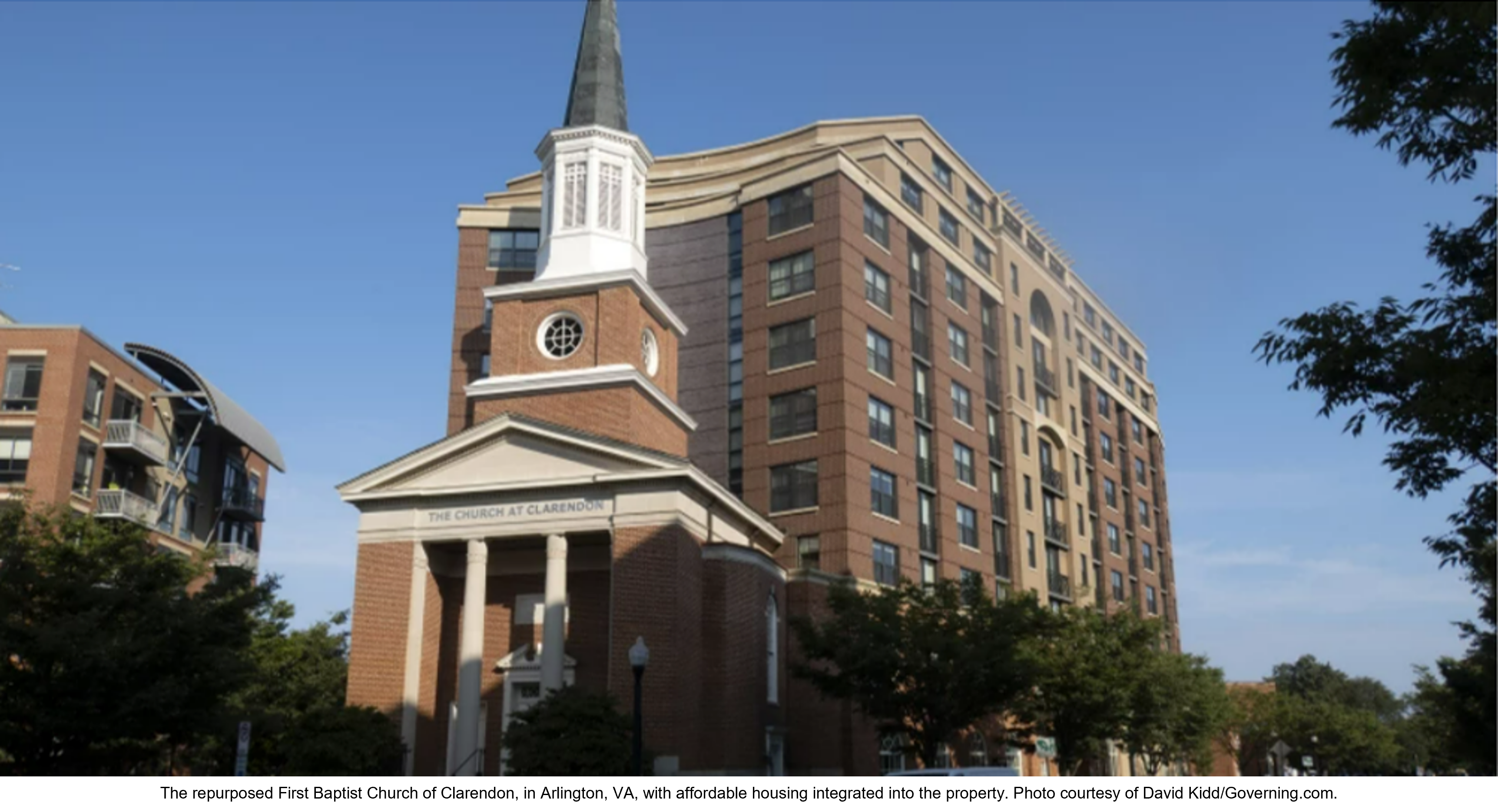Announcing the Science Discovery on Main Street Grant Recipients
Main Street America is thrilled to announce the 12 Science Discovery on Main Street grant program recipients.

Marion, Iowa © Tasha Sams
We work in collaboration with thousands of local partners and grassroots leaders across the nation who share our commitment to advancing shared prosperity, creating resilient economies, and improving quality of life.

Emporia, Kansas © Emporia Main Street
Made up of small towns, mid-sized communities, and urban commercial districts, the thousands of organizations, individuals, volunteers, and local leaders that make up Main Street America™ represent the broad diversity that makes this country so unique.

Chicago, Illinois © Main Street America
Looking for strategies and tools to support you in your work? Delve into the Main Street Resource Center and explore a wide range of resources including our extensive Knowledge Hub, professional development opportunities, field service offerings, advocacy support, and more!

Waterloo, Iowa © Main Street Waterloo
Your one-stop-shop for all the latest stories, news, events, and opportunities – including grants and funding programs – across Main Street.

Kendall Whittier — Tulsa, Oklahoma © Kendall Whittier Main Street
Join us in our work to advance shared prosperity, create strong economies, and improve quality of life in downtowns and neighborhood commercial districts.
.png)
The Virginia Department of Housing and Community Development’s (DHCD) Virginia Main Street (VMS) program is incredibly excited to co-host the 2022 Main Street Now Conference alongside Main Street America in Richmond, Virginia, May 16-18. Get to know our state, host city, and Main Street communities through this special blog series! Learn more about this topic and hear from the author of this article by checking out his session at the conference: “New Roles for Old Houses of Worship on Main Street,” featuring an experienced panel of professionals.
Conference registration is sold out, however you may join the waitlist here. Check out the conference website and follow conference's Facebook and Twitter accounts for the latest updates.
If figuring out what to do with empty department store buildings was the signature Main Street problem of the last 30-40 years, determining what to do with empty houses of worship is the dilemma of the next 30-40. Only it’s potentially a tougher one to solve.
Up to one-third of all houses of worship in the United States will have closed over the next few years. That’s 100,000 churches, temples, mosques, and the like. Nowhere will these closures hit as hard as in America’s historic and older Main Street districts. Think about it: Many towns and cities began as settlements and were built around houses of worship. A town’s historic main intersection often has faith institutions on two of the four corners. Residents and visitors recognize a city or a neighborhood by the steeples in its skyline. Religious institutions and their leaders often play an important role in civic life.

The closure of religious houses create headaches for Main Streets in rural and big cities alike, fundamentally changing the fabric of a downtown, whether it be through gaps between storefronts or increased density of office, residential, or retail units. Imagine the impact of these projected closures on Rome, Georgia (population 36,000), which has 15 churches in its six-by-four-block Main Street area or Orange, New Jersey (population 31,000), which has 16. Vacant buildings that once housed faith institutions in the middle of America’s big cities are being scooped up by developers as if there’s no tomorrow. The First Methodist Church of Seattle, for example, sold its 19th century property to developers for $30 million. Similar to other trends that impact the built environment of Main Streets, it is important to understand the causes, as well as the challenge and opportunities.
Houses of worship are emptying out for a number of reasons. Why? First, Americans overall are less religious than they used to be. Second, the overhead costs of operating buildings and maintaining grounds have climbed. Third, today’s worshipers are more mobile and more digitally connected than ever before – they can drive (not walk or ride their horses as in years past) to services and many houses of worship have embraced the power of the Internet to reach followers. Finally, the COVID-19 pandemic has wreaked havoc on houses of worship, in more ways than can be imagined.
In many cases, these factors coalesce, leaving houses of worship with properties that are underutilized, oversized, and too expensive to maintain. The ramifications of the de-churchification of America are not only a religious issue, but also a community issue and a Main Street vitality issue.
And there is no easy answer. Adaptive reuse is an established tool to give older buildings a new lease on life, however houses of worship often are difficult to repurpose due to their historic design and outdated infrastructure. The cost of materials and labor required to perform infrastructure upgrades are expensive. An abutting graveyard can make reuse or redevelopment even more challenging. A reversion clause in the deed may require that the real estate to be returned to the original granter of the property (or their heirs), even if the exchange occurred hundreds of years ago.
Not dissimilar to their secular counterparts, faith institutions can be challenging to engage. Understanding the leadership structure and decision-making processes varies between denominations, navigating the complex social structures between faith institutions, and gaining consensus among congregants can be very challenging
Municipalities present their own challenges. Restrictive, outdated, or uncoordinated zoning can make redeveloping a faith property to its highest and best use tricky. Land use and building codes regulating parking, utilities, sewer, stormwater, fire safety, signage, accessibility, curb cuts, and the like, can make even a well-zoned property nearly impossible to reuse or redevelop. Municipal finance departments can be overly eager to place a religious property on the tax rolls moments after closing chords of the final devotion.
Developers, always looking to maximize their return on investment, often “low-ball” a faith institution to gain control of their property. Sometimes developers are too willing to demolish an important structure to make a “cookie-cutter” development fit.
But, as the Ethel Waters hymn, “His Eye Is on the Sparrow,” asks: “Why should I feel discouraged?” because, throughout America and beyond, people are coming together to reuse and redevelop houses of worship that are emptying or empty. Sometimes the religious institution remains; sometimes it relocates; sometimes it closes. As Jim Cloar, former head of downtown organizations in Tulsa, Dallas, Tampa, and St. Louis, is known to preach, Downtown and Main Street organizations “don’t need to do everything; we just need to make sure everything gets done.”
Main Street organizations and other public-private partnerships can provide the focal point needed to fulfill the large number of roles required to reuse or redevelop a house of worship in a way that benefits the community.

Some advice: Main Street communities shouldn’t feel like they have to go it alone. Some national and regional not-for-profit, community-development organizations, as well as a couple of municipalities, have begun faith-based initiatives, as have a handful of faith institutions. Some experienced not-for-profit organizations and consultants with knowledge of both community development and the religious world also can assist local organizations through the complicated process.
Main Street organizations will have to mobilize to be up to this difficult challenge, and are perfectly poised to successfully rise to the occasion.
Case Studies
Books
Knowledge Community